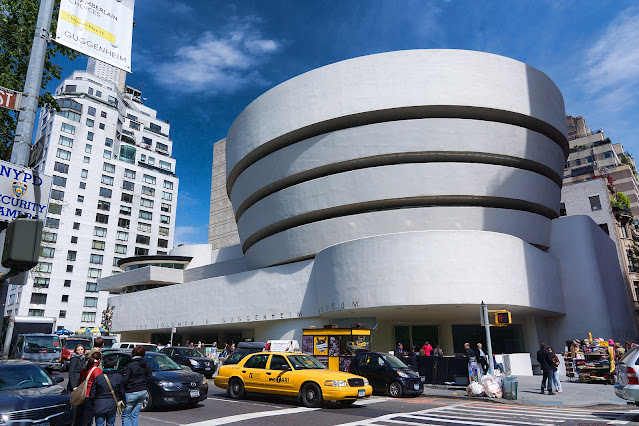Organic Architecture
 |
| The Lotus Temple in Delphi link to image credit |
Organic architecture is an architectural philosophy and design approach that emphasizes harmony between human habitation and the natural world. This approach seeks to create buildings and spaces that are integrated with their surroundings and that follow natural patterns and forms, using materials that are native to the area and that are minimally processed or altered. Organic architecture emphasizes sustainability, functionality, and beauty.
Organic architecture was developed by the renowned architect Frank Lloyd Wright, who believed that architecture should be rooted in the environment and in the needs of the people who would inhabit the buildings. He coined the phrase "organic architecture" to describe this approach, which he saw as an alternative to the rigid, formal architecture that dominated his era.
Examples of organic architecture include:
 F F |
| Fallingwater by Architect Frank Lloyd Wright image credit |
Fallingwater: Located in Pennsylvania, Fallingwater is one of Frank Lloyd Wright's most famous works. The house is built over a waterfall and blends seamlessly into the natural surroundings. The use of local stone, natural materials, and the integration of the landscape creates a harmonious whole.
Taliesin West: Located in Arizona, Taliesin West is a complex of buildings that was designed by Frank Lloyd Wright as his winter home and studio. The buildings are made of local stone, and the design takes into account the hot desert climate, with shaded courtyards and natural ventilation.
Guggenheim Museum: Located in New York City, the Guggenheim Museum is a spiral-shaped building that was designed by Frank Lloyd Wright. The building's form is inspired by the shape of a nautilus shell, and the interior space is designed to be continuous and flowing, with natural light filtering in from above.
The Lotus Temple: Located in New Delhi, India, the Lotus Temple is a Bahá'í House of Worship that was designed by the Iranian architect Fariborz Sahba. The building is in the shape of a lotus flower, with 27 petals made of marble. The use of natural materials, the integration with the surrounding landscape, and the emphasis on light and space create a sense of peace and spirituality.
 |
| Guggenheim Museum NY by Architect Frank Lloyd Wright image credit |
This blog is powered by OpenAI's GPT-3 language model. The responses generated by the model are not intended to be a substitute for professional advice and should not be relied upon for making decisions. The model has been trained on a diverse range of internet text and may generate inappropriate or misleading responses at times. Please always use your discretion and consult appropriate experts where necessary.



Buildeerz propose des conceptions d'une qualité impressionnante et un engagement sans faille envers la satisfaction client. Leur approche novatrice et leur souci du détail les distinguent véritablement. Je vous recommande vivement de faire appel à leurs services pour tous vos projets !
ReplyDelete